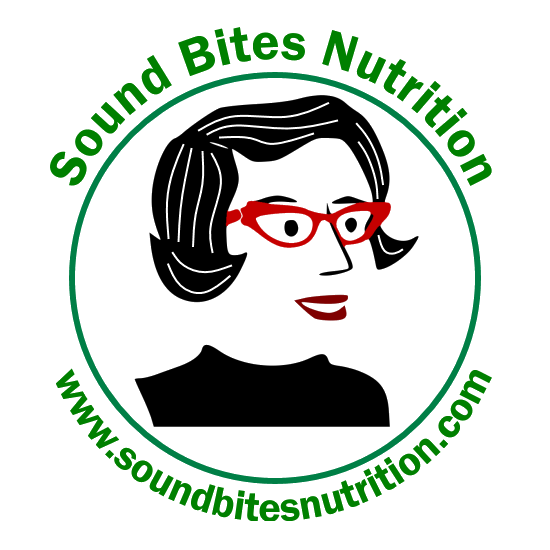Is Gluten the Problem?
 Gluten-free diets are gaining popularity after celebrities like Oprah claim it can help with weight loss. But, do you need a gluten-free diet? Gluten is a protein found in wheat, rye, oats and barley which can cause gas, bloating and diarrhea in those suffering from celiac disease. It's been blamed for weight gain and other disorders, but research in this area is slim. If you suffer from the above symptoms after eating gluten-containing foods, ask your doctor about testing for celiac disease before taking gluten out of your diet.Before you throw out all your bread, crackers and pasta and restock your pantry with expensive gluten-free products, get a simple blood test to test for celiac disease. Gluten has to be present in your diet before the tests are done or you may end up with a false-negative result. There are two blood tests (immunoglobulin A antihuman tissue transglutaminase & immunoglobulin A endomysial antibody immunofluorescence) that are considered accurate for diagnosing celiac disease and less invasive than an intestinal biopsy (considered the 'gold standard' for diagnosing celiac disease).If diagnosed with celiac disease or a gluten-free diet is used for other reasons, here are a few tips to "de-gluten" your diet:
Gluten-free diets are gaining popularity after celebrities like Oprah claim it can help with weight loss. But, do you need a gluten-free diet? Gluten is a protein found in wheat, rye, oats and barley which can cause gas, bloating and diarrhea in those suffering from celiac disease. It's been blamed for weight gain and other disorders, but research in this area is slim. If you suffer from the above symptoms after eating gluten-containing foods, ask your doctor about testing for celiac disease before taking gluten out of your diet.Before you throw out all your bread, crackers and pasta and restock your pantry with expensive gluten-free products, get a simple blood test to test for celiac disease. Gluten has to be present in your diet before the tests are done or you may end up with a false-negative result. There are two blood tests (immunoglobulin A antihuman tissue transglutaminase & immunoglobulin A endomysial antibody immunofluorescence) that are considered accurate for diagnosing celiac disease and less invasive than an intestinal biopsy (considered the 'gold standard' for diagnosing celiac disease).If diagnosed with celiac disease or a gluten-free diet is used for other reasons, here are a few tips to "de-gluten" your diet:
|
As gluten-free product labels are standardized and the variety of gluten-free products increase it should get easier for those suffering from celiac disease to follow a gluten-free diet. To consult with one of us regarding gluten-free or other diet, send us an email!.
